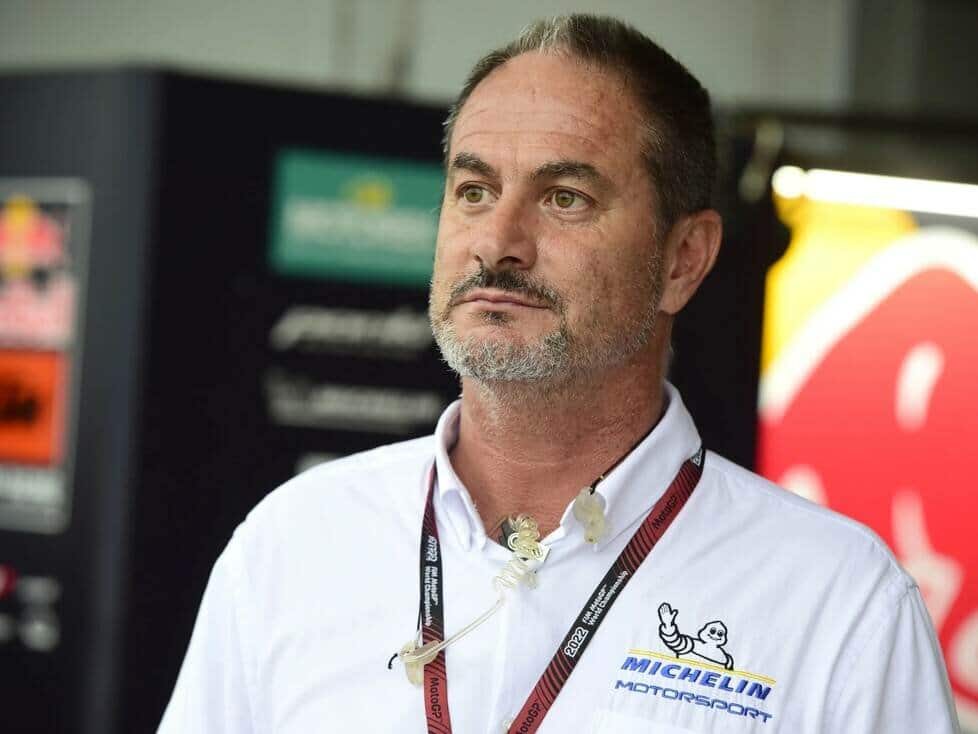Piero Taramasso announces talks with the teams and officials regarding tire pressure penalties – 2024 will be a transitional year with harder compounds
In the 2023 MotoGP season, the new rule regarding compliance with the minimum front tire pressure specified by Michelin was a much-discussed topic. Riders constantly complained that this was not an improvement in safety. Because they had to start the races with a higher pressure
If the pressure increases when riding in a group, the risk of crashing increases and overtaking maneuvers become more difficult in the braking phase. For this reason, a staggered penalty system was introduced in the second half of the season.
The first offense resulted in a warning, the second a penalty of three seconds, the third six seconds and the fourth twelve seconds. In the end, the podium positions only changed at the season finale in Valencia.
Fabio Di Giannantonio dropped from second to fourth place due to a time penalty. Next year, he could face disqualification for the very first offense. However, this is not yet set in stone, as the rule could still change.
“I think everything is still quite open,” Michelin Motorcycle boss Piere Taramasso told the Italian edition of Motorsport.com. “There are ideas for 2024, but we still need to discuss them and find solutions.”
“I can’t give a definitive answer at the moment, but we will talk about it and changes are possible. But I don’t know yet what we can expect from it. But it’s pretty certain that everyone wants to talk about it and improve the system.”
One suggestion is to set a defined minimum pressure for the cold front tire before the race, which would be the same for everyone. This setting would be checked before the race. This would make penalties after the race obsolete.
“The problem,” says Taramasso about this proposal, “is that there can be different reactions when the tire warms up. For example, not all teams use the same temperature in the heating blankets.”
“Also the riding style and the characteristics of the bike are factors that can cause different pressures when the tire gets warm. You could do it, but it could put certain riders and bikes at a disadvantage. “
“It’s clear that a system with a check on the grid would avoid changes to the result and other discussions. But it would also be very complicated. I can guarantee that the starting values would be very different.”
“You would have to parameterize everything. That would make it very complicated to control all 22 bikes.” Michelin is not standing idle, however. A new carcass is being developed for 2025, which should solve the problem with the overloaded front tire.
But new compounds will also be used for the existing carcass next year. The compounds will tend to be harder. A tire that was previously declared as hard will move to medium. Previously soft tires may be completely removed from the quota.
“The aim for the 2025 carcass is for the tire to work at a lower pressure and be less sensitive,” says Taramasso. “2024 will be a transition year. But by working with the teams on the rule, we can improve the situation a little.”
“Next year’s compounds will also be a little stiffer. The stiffer the tire is, the less sensitive it is in terms of pressure and temperature.” A new soft compound was tried at the post-season test in Valencia. There was positive feedback from the riders





